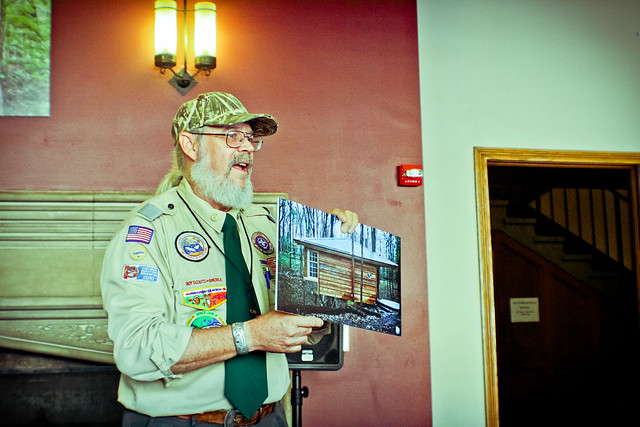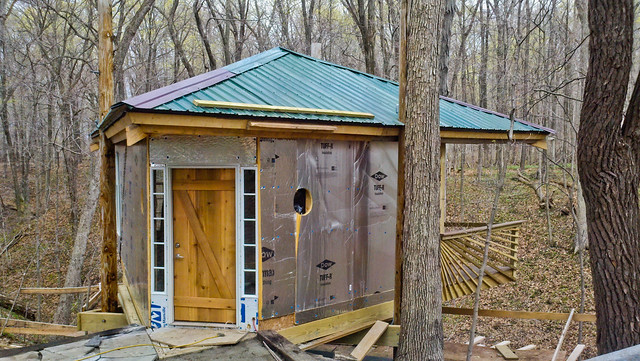It's not just a pretty face... the new website has got some smart new features to make everything easier for you! Read about it below and get ready to visit the website in just about a week!
***NOTE: Our website will be under construction this week and therefore may be down at times. Please email Jenni at jenni@universityymca.org or call the Y at 217-337-1500 if you need help!
WHAT'S NEW!
PHOTOS
There's a fancy new photo slideshow on the front page. All of our photos now link to our unlimited pro Flickr page so you can download pictures for free! In fact, the Y has been digitizing our photo collection extensively this summer. We are asking for your help to identify people, places, and dates. So go ahead and explore... add a comment to a photo if you have some information. You can even order prints. (Alternately, if you see a picture of yourself on the website or on Flickr and would like to have it removed, just contact us and we’ll take care of it.)
GOOGLE ADD ONS
Google forms and calendars minimize the need for downloading pdfs. Information is available more quickly and the format is more user-friendly. Each Y program is associated with a Google Calendar. You can add a series of events to your own Google Calendar by clicking on “Add to your google calendar” or just check online anytime. The most comprehensive of these is our Events Calendar, but they will also be available for Friday Forum and Global Lens.
PAYPAL
Student groups can recruit volunteers and request donations from family and friends using PayPal. Although we still prefer that larger donations of $25 or more, including memberships and contributions to our annual fund, will go through our Support Us page, PayPal is a convenient way for student groups to garner support from family and friends. Anyone with a PayPal account can donate an amount of their choosing. Because we’re a non-profit, PayPal only deducts thirty cents and 2.2% from each transaction.
VOLUNTEER RECRUITMENT
Our Employment and Volunteering page has been revamped and is ready for student programs to submit requests for volunteers. This is a good place to get information out. Let us know what the event is, how long you’ll be recruiting, and what volunteers will be doing.
BLOG
Our news feed links directly to this blog. If something interesting is going on or there is a news event at the Y, we can include it in our blog. Right now, Jenni and Kasey are the main authors, but any student group can submit a narrative and photos.
TELLING STORIES
The Y has started an oral history project called “Telling Stories.” Right now, we’re featuring three students and a former Y staff member who recently passed away. You can listen to these audio documentaries streaming online or download them for free. If you’d like to tell your story, contact Jenni at jenni@universityymca.org.
The Y has started an oral history project called “Telling Stories.” Right now, we’re featuring three students and a former Y staff member who recently passed away. You can listen to these audio documentaries streaming online or download them for free. If you’d like to tell your story, contact Jenni at jenni@universityymca.org.
There's much more to come. Give us your feedback and help us keep the website up to date.
Special Thanks to:
Paul Young, Electric Pictures
Mike Stephens, YMCA Alum
for their talent and generosity in designing this site.
EMAIL: jenni@universityymca.org with your comments, questions, and suggestions.





